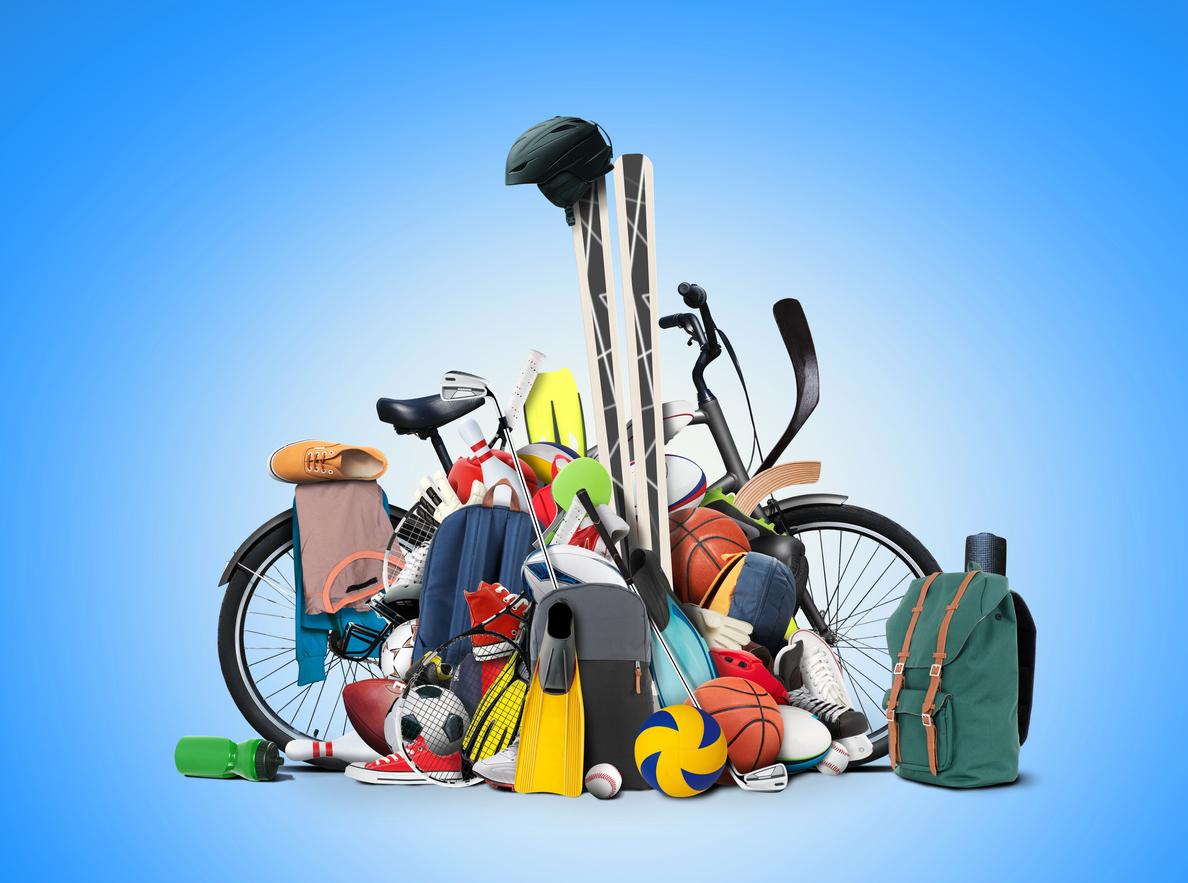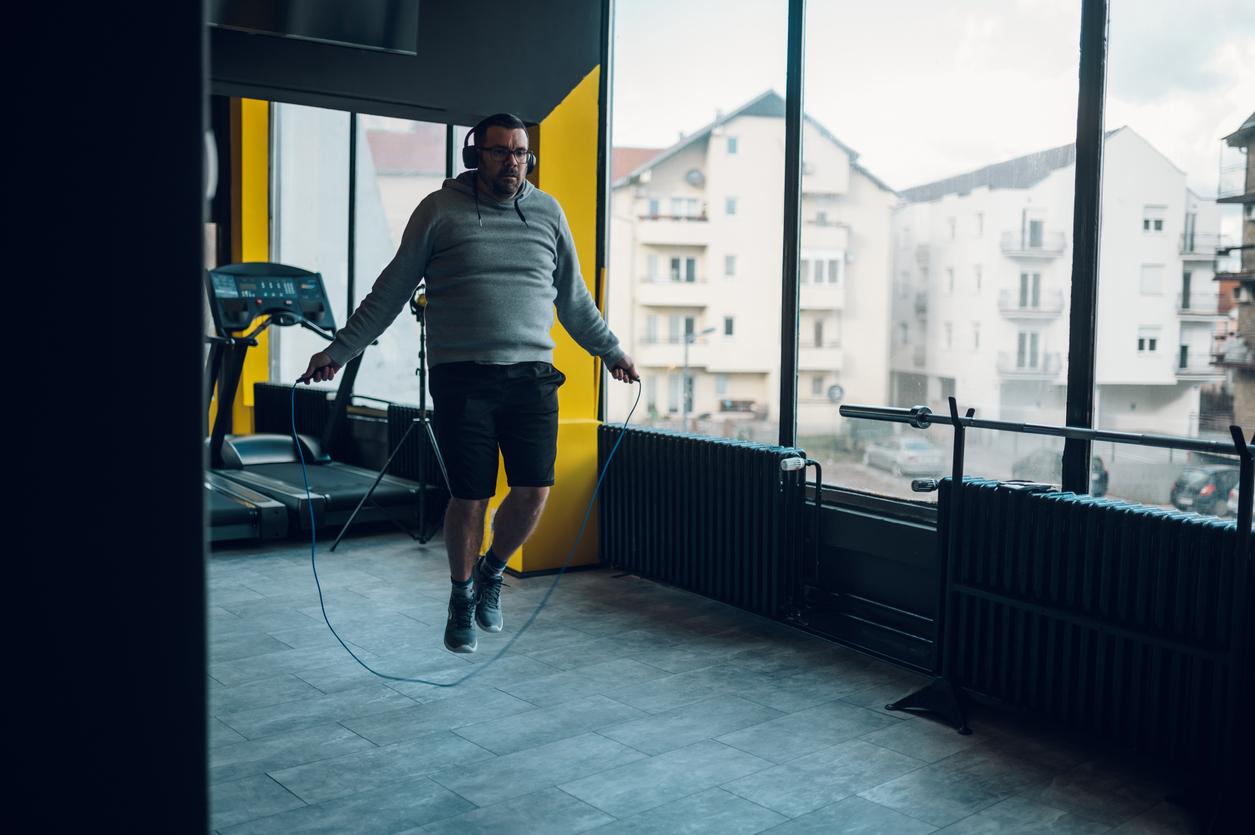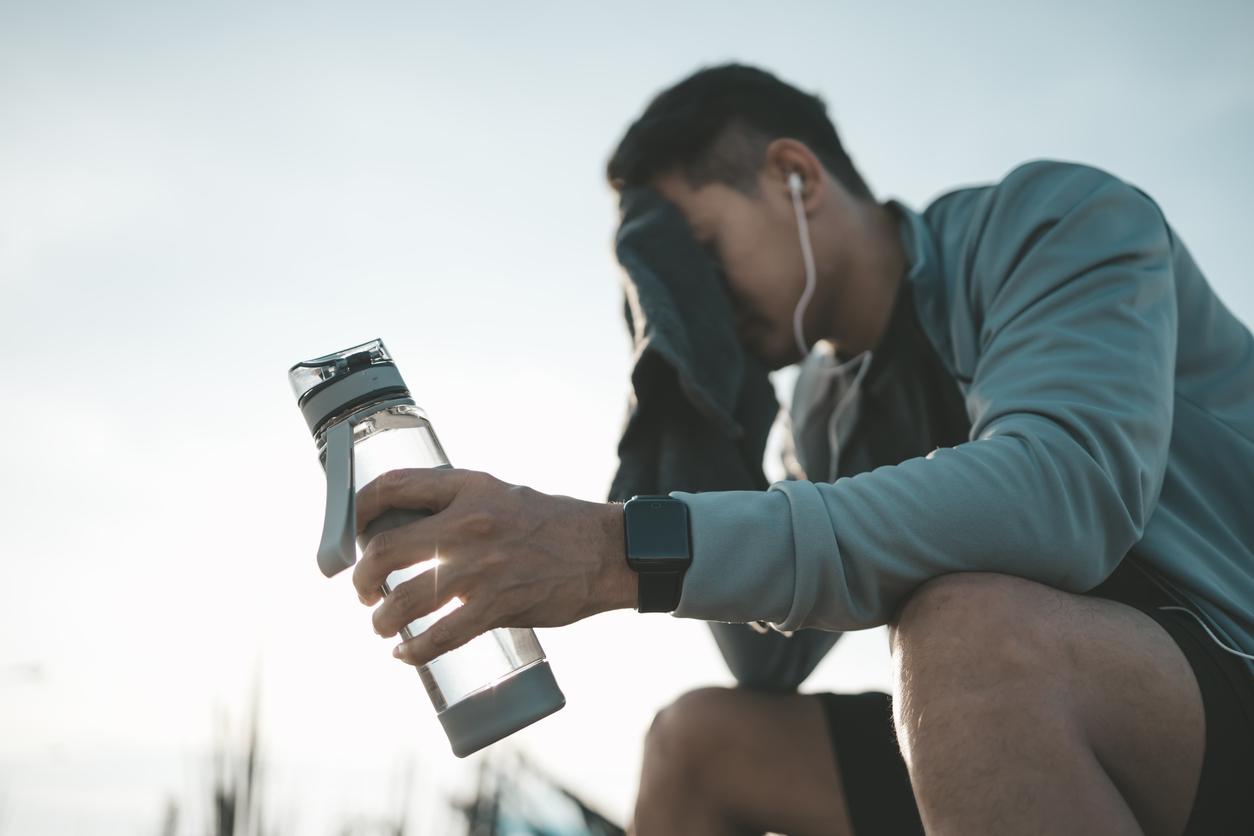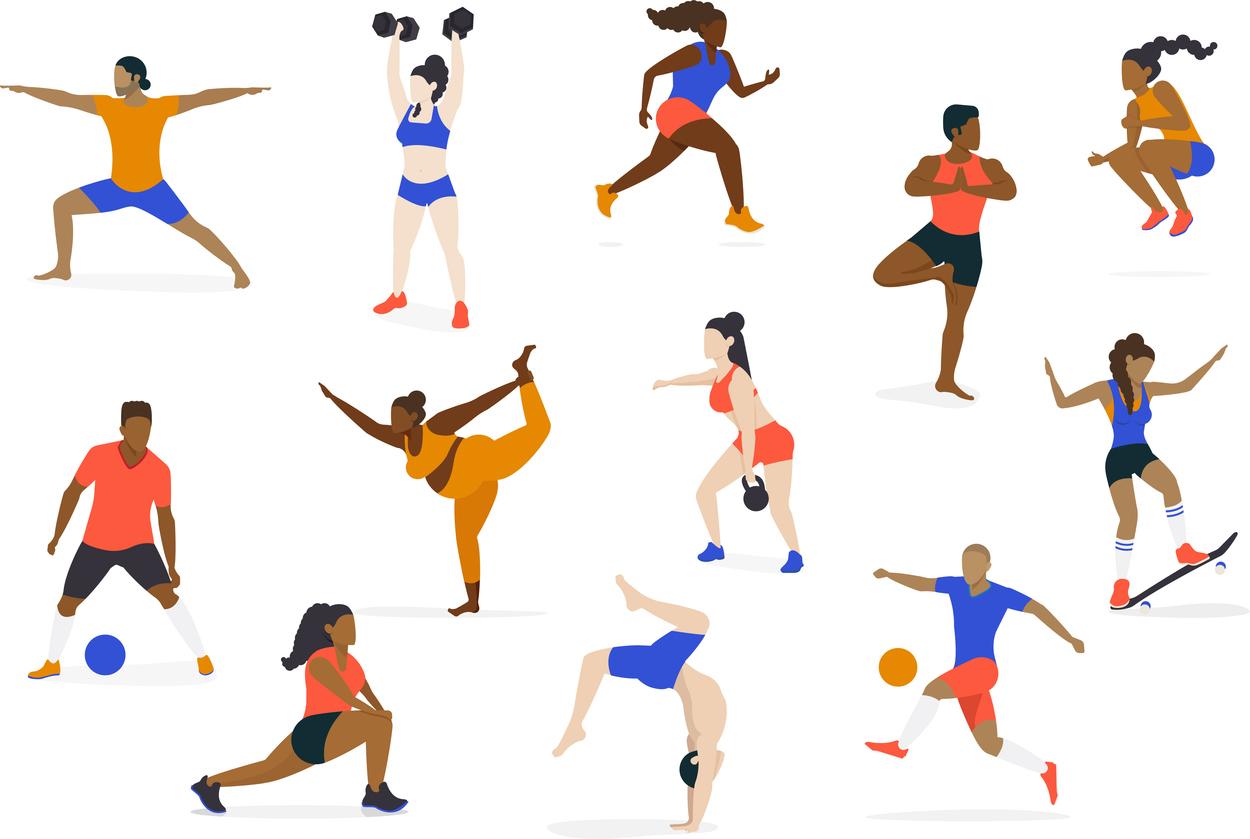A French method allows paraplegic athletes to increase their performance. It would also be beneficial for the quality of life of people in wheelchairs.

The 2016 Summer Olympics barely over, Rio de Janeiro (Brazil) is hosting the Paralympic Games from Wednesday 7 to Sunday 18 September. Like their predecessors, athletes with disabilities will try to win an Olympic medal, putting their bodies to the test. A unique sports training program has been developed by French researchers from Inserm, for paraplegic athletes. It improves performance, but also has benefits for paralyzed patients.
Involved throughout the year in work on the interactions between physical activity, sport and health, researcher Gaëlle Deley has set up this new method called “Stimulate your handicap” (1). Its novelty: it allows paraplegics to practice physical activity by using all their muscles.
“Spectacular” results
In a laboratory in Dijon, the six participants she selected performed a 30-minute exercise each week using a rowing machine associated with an electrical stimulation system, during an individualized session. Electrodes glued to the participants’ thighs send a low-intensity current. Their muscles contract and propel the seat backwards. The action of the upper limbs and the stimulation of the hamstring muscles then bring the seat forward.
And the results obtained by theInserm team are “spectacular”, confides Gaëlle Deley. After 6 months of training, the muscular strength of these paraplegic people, handbike competitors, has increased by more than 170%, the muscle mass by more than 102%, the aerobic potential by more than 77% and a real impact on their quality of life was observed. “Even without electrodes glued to the thighs, the benefits observed have repercussions on the activities strictly speaking (handbike, etc.)”, specifies Gaëlle Deley. Notice therefore to the disabled sports federations.
Gaelle Deley, Inserm researcher: “ A handbike competitor told us that he had gone from an “average” level to rubbing shoulders with the best during these… »
Improved quality of life for paraplegics
In addition, other very encouraging results have been obtained in ordinary paraplegics, non-competitors. With people who have become more and more enduring over the months. For these people, the previously difficult wheelchair climbs are now possible. “Same for the distance which passes without problem”, adds Gaëlle Deley. According to her, these paraplegics are done with the anxiety of not being able to get into a wheelchair during a walk outside. For other participants in the study, the program simply allowed them to regain the taste for effort, rejoices the scientist.
Gaelle Deley : “ Some paraplegics had lost muscle in their legs and thighs. Thanks to the program, they get back into skirts, shorts… »
Finally, following these encouraging results, the researchers adapted the program to people who were quadriplegic (treated in Boston), hemiplegic or suffering from cerebral palsy. “For these people, our goal will not be the same as for people with paraplegia. It will aim to strengthen their lower limbs. We will offer them to exercise, because many have told us they have not done indoor sports for a long time, ”explains Gaëlle Deley. The idea of this program is also to restore the taste for life, she concludes.
(1) Program set up with colleagues from Inserm Unit 1093 “Cognition, action and sensory-motor plasticity” and in collaboration with the Cardiovascular Research Laboratory in Boston
.















